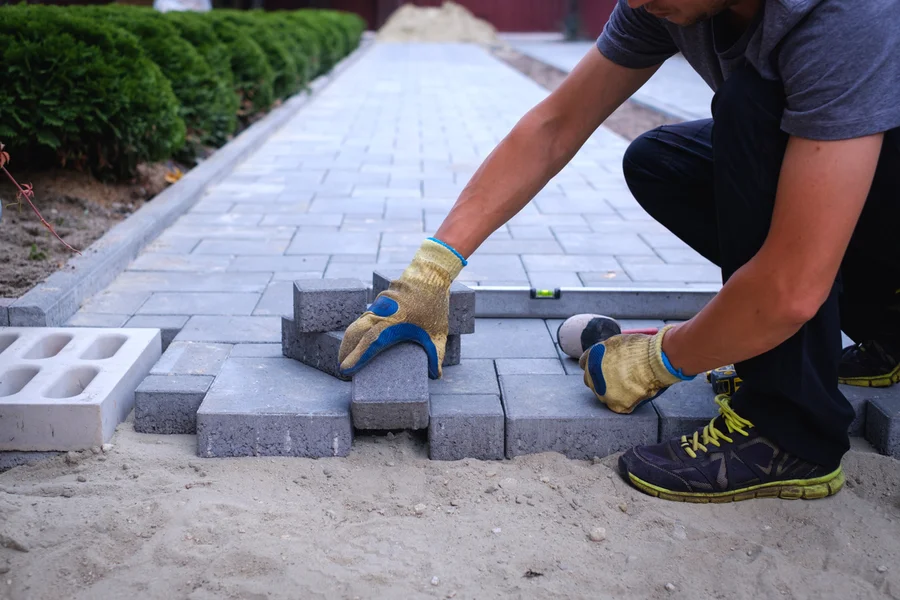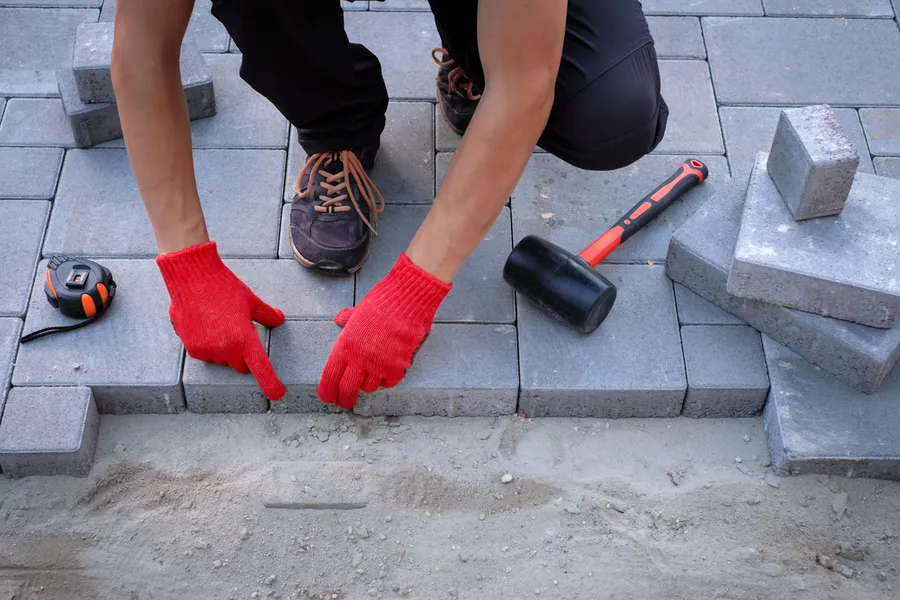Ensuring Proper Water Management for Your Outdoor Space
When planning a concrete patio, proper drainage is crucial. Without it, water can accumulate, leading to damage and structural issues over time. By understanding how water flows and settles on your patio, you can prevent these problems. This guide will help you learn about the key aspects of drainage needs in concrete patios so you can ensure your outdoor space remains safe and beautiful.

The Importance of Good Drainage Systems
A well-designed drainage system directs water away from the surface of your concrete patio. Poor drainage can cause water pooling, which may lead to cracks or erosion. It’s vital for maintaining the integrity and longevity of your patio. Additionally, effective drainage helps avoid slippery surfaces that can pose safety risks. Understanding the importance of water management ensures that your concrete patio remains durable and functional.
Common Drainage Challenges
One frequent issue with patio installation is inadequate slope. If the ground doesn’t slope correctly, water won’t drain effectively. Another problem is blocked drainage paths due to debris or improper design. These challenges can lead to standing water, which can damage your patio over time. Identifying and addressing these common problems early can save you from costly repairs down the road.

Effective Solutions for Drainage Problems
Addressing drainage issues involves several strategies. First, ensure that your concrete patio slopes slightly away from your home. This encourages water to flow off the surface rather than pool. Installing a French drain can also help redirect excess water away from the area. Finally, regular maintenance like clearing leaves and debris can keep your drainage systems working properly.
- Ensure proper slope during installation
- Install French drains where needed
- Regularly clear debris from drainage areas
Best Practices for Maintaining Patio Drainage
Maintaining good drainage requires ongoing effort. Regularly inspect your patio for signs of water accumulation or erosion. Check that all drainage paths are clear and functioning. You should also look for any cracks or wear that might indicate future problems. Adhering to these practices helps maintain a safe and attractive outdoor space.
Industry Standards for Concrete Patios
Concrete patios should meet specific industry standards to ensure quality and durability. These include guidelines on slope percentage, materials used, and construction techniques. Following these standards not only helps with drainage but also ensures your patio withstands various weather conditions. Knowing these requirements empowers you to make informed decisions when installing or maintaining your patio.
Cost Considerations in Drainage Planning
The cost of integrating proper drainage into your patio installation varies based on factors like size, complexity, and materials used. While it might seem expensive initially, investing in adequate drainage prevents more costly repairs later. Consider potential savings on repairs and replacements as part of your return on investment when budgeting for your project.
Your Next Steps With Reliable Experts
If you’re looking to install a new concrete patio or need advice on maintaining existing one, contact us today at (612) 484-2649. Our team at Cottage Grove Concrete LLC specializes in creating durable and efficient outdoor spaces. Based in Cottage Grove, MN, we provide expert service tailored to your needs, ensuring both functionality and aesthetics for your home’s exterior.